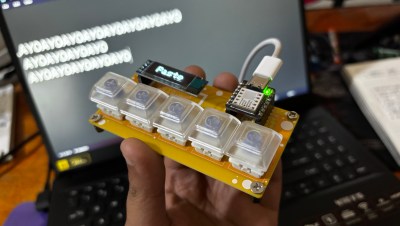In all likelihood, asteroid 2024 YR4 will slip silently past the Earth. Based on the data we have so far, there’s an estimated chance of only 2.1% to 2.3% that it will collide with the planet on December 22nd, 2032. Under normal circumstances, if somebody told you there was a roughly 98% chance of something not happening, you probably wouldn’t give it a second thought. There’s certainly a case to be made that you should feel that way in regards to this particular event — frankly, it’s a lot more likely that some other terrible thing is going to happen to you in the next eight years than it is an asteroid is going to ruin your Christmas party.
That being said, when you consider the scale of the cosmos, a 2+% chance of getting hit is enough to raise some eyebrows. After all, it’s the highest likelihood of an asteroid impact that we’re currently aware of. It’s also troubling that the number has only gone up as further observations of 2024 YR4’s orbit have been made; a few weeks ago, the impact probability was just 1%. Accordingly, NASA has recently announced they’ll be making time in the James Webb Space Telescope’s busy scientific schedule to observe the asteroid next month.
So keeping in mind that we’re still talking about an event that’s statistically unlikely to actually occur, let’s take a look at what we know about 2024 YR4, and how further study and analysis can give us a better idea of what kind of threat we’re dealing with.
Continue reading “NASA Taps Webb To Help Study 2032 Asteroid Threat”


















